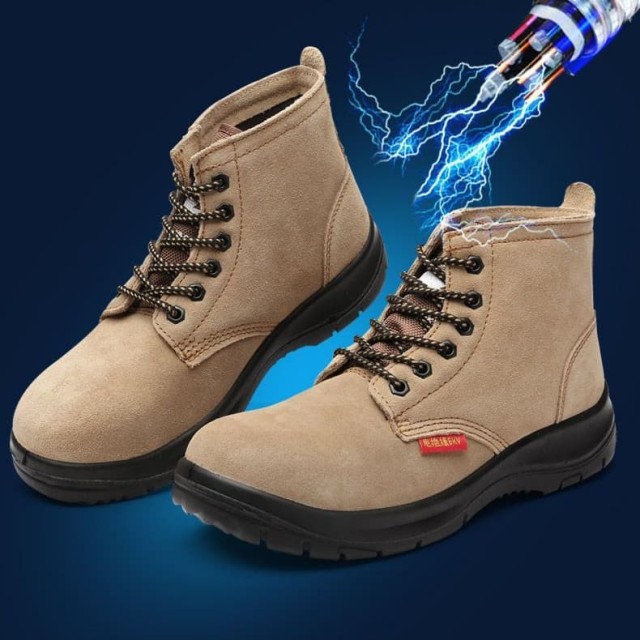When working with live wires or high-voltage equipment, the right footwear can mean the difference between a routine workday and a life-threatening incident. This guide breaks down the critical differences between electrical hazard (EH) and static dissipative (SD) work boots, industry testing standards, and how to match protection levels to your job environment.
How Electrical Hazard (EH) and Static Dissipative (SD) Boots Work
EH-rated boots prevent electrocution by using non-conductive materials (e.g., rubber soles, composite toe caps) to block electricity from reaching the ground through your body. They’re tested to withstand up to 18,000 volts for 60 seconds without current leakage exceeding 1mA—a vital feature for utility linemen or industrial electricians.
Static dissipative boots, meanwhile, control static electricity buildup in sensitive environments like semiconductor labs or fuel-handling facilities. They allow a controlled flow of 1–100 megohms of resistance to prevent sparks that could ignite flammable vapors.
Key differences:
- EH boots = insulation from external electrical sources
- SD boots = safe discharge of internal static charges
Industry Standards and Testing Protocols
All electrically protective boots must meet ASTM F2413-2005 for EH or SD ratings. Here’s what testing involves:
- Voltage Resistance: EH boots endure 18,000V for 60 seconds with
- Material Composition: No conductive metals (e.g., steel toes) unless insulated. Composite toes are standard.
- Environmental Conditions: Ratings apply only to dry environments. Wet or damaged boots lose protection.
Look for CSA White Ω symbols or OSHA-compliant labels to verify certification.
Matching Boot Types to Job Roles
1. Construction & Heavy Industry
- Risks: Contact with live tools or exposed wiring
- Solution: EH-rated boots with puncture-resistant soles (e.g., for rebar or nail hazards)
2. Utility & Electrical Work
- Risks: High-voltage lines or transformer repairs
- Solution: EH boots with full rubber outer soles and no metal eyelets
3. Manufacturing & Chemical Plants
- Risks: Static sparks near flammable materials
- Solution: SD boots with oil-resistant outsoles
Pro Tip: Avoid boots with steel shanks or toes if working near active circuits—opt for fiberglass or Kevlar reinforcements instead.
Maintenance and Lifespan of Electrically Rated Work Boots
Even the best EH/SD boots degrade over time. Replace them when you notice:
- Cracks or cuts in soles/uppers
- Worn treads (reduced slip resistance)
- Loose insulation or exposed materials
Replacement Timeline:
- High-use environments: Every 6–8 months
- Moderate use: Annually
- Storage Tip: Keep boots dry; moisture compromises electrical resistance.
Ready to Equip Your Team with Certified Safety Footwear?
3515 manufactures ASTM-compliant EH and SD work boots tailored for distributors and bulk buyers. From lineman-ready designs to static-control options, our footwear combines rigorous testing with real-world durability.
Contact 3515 today to discuss custom solutions for your workforce’s electrical safety needs.
Products You Might Be Looking For:
View electrical hazard work boots
Related Products
- Wholesale Customizable Suede Safety Boots - Puncture-Proof with Velcro Closure
- Safety Footwear Wholesale Manufacturer for Custom OEM/ODM Production
- Wholesale Anti-Smash & Puncture-Proof Safety Shoes Custom Manufacturing for Brands
- Durable Goodyear Welt Leather Work Boots for Wholesale & Private Label
- Durable Leather Work Boots Wholesale Manufacturer & Custom Factory
Related Articles
- How to Choose Work Boots That Balance Safety, Comfort, and Durability for Your Job
- How to Choose Work Boot Materials for Maximum Safety and Durability
- Matching Men’s Work Shoe Safety Technologies to Workplace Hazards
- How to Extend Work Boot Lifespan: Science-Backed Care for Safety & Savings
- How to Choose Work Boots That Match Your Job's Safety Demands



















